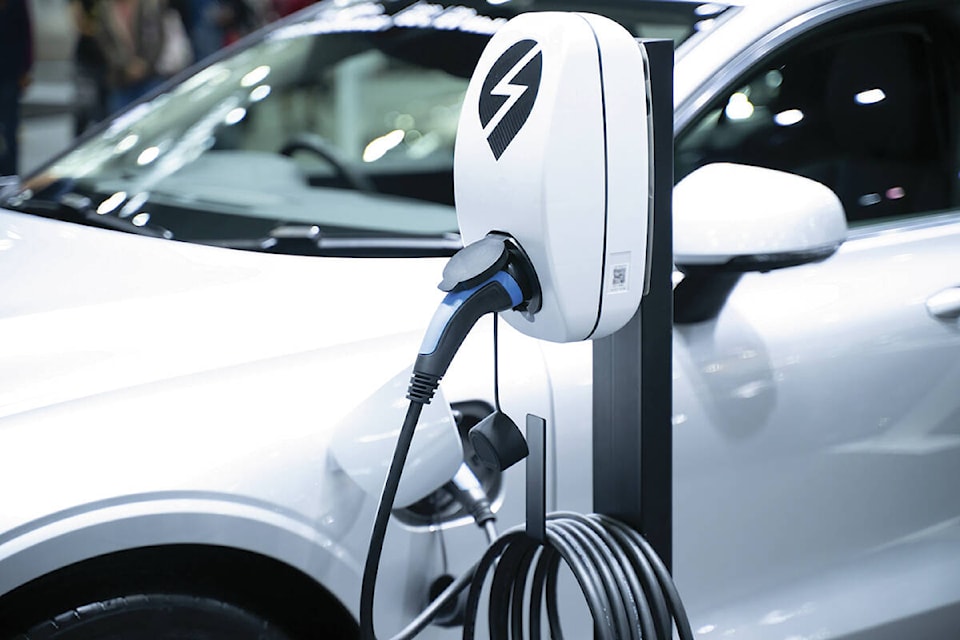With fuel prices seemingly on a never-ending upwards trajectory, many people are asking themselves if their next vehicle should be a plug-in hybrid (PHEV) or a battery electric vehicle (BEV). As with many things in life, the answer is “It depends”. Many factors should go into your decision, and one of the first among them should be what exactly do you do with your vehicle. If your daily commute is greater than a 300 kilometer round trip, then a hybrid might be right for you. Most new BEV’s have ranges that go from about 400 to 500 kilometers, some even more, so if your daily drive exceeds 75 per cent of the range of an electric vehicle, you should consider a PHEV instead, for the moment anyway.
If you do not have a daily commute that exceeds a 300 kilometer round trip, then I think your best choice would be a full battery electric vehicle. This technology has come a very long way and is moving well into the mainstream for most people. If you can charge at home, your electricity cost will run you about 20 per cent of a similar gas or diesel vehicle. I know it sounds far-fetched, but I have been getting this in the real world for about five years.
If you have to fast charge, you will still likely be at about half the fuel cost of a combustion vehicle and depending on the type of car you buy and the charger you use, you can charge 10 to 80 per cent or about 300 kilometers in as little as 18 minutes (based on the Hyundai Ionic 5).
With a BEV you will have almost no service on your vehicle whatsoever, certainly no oil and filter changes, etc. In short, many of the things that need service or can go wrong on your vehicle (engine, exhaust, emissions control, transmission, etc.) don’t exist in a BEV. By some estimations your average internal combustion vehicle has about 2000 moving parts. On a BEV, you are looking at about 20, and all those parts are subject to eventual failure.
BEV’s are not perfect; i.e., you do have some maintenance, of course, on things like, tires, windshield wipers and washer fluid, but that’s about it … even your brakes wear slower due to regenerative braking. Both a BEV and a PHEV will usually be more fun to drive than a comparable combustion engine (ICE) vehicle, but even here the performance of a BEV is just so much better than just about anything else on the road. It’s a blast to drive, with lower stress, less noise and you just feel more in control than you do in an ICE car.
For good reason, many people were nervous about taking the plunge into this new technology. They were worried about battery life, reliability, and range, not to mention charging on a road trip, so these vehicles were mostly purchased by the wealthy and early adopters. Well, mainstream electric cars have been in production for more than a decade now, and many of the kinks have been worked out. The batteries will last the life of the vehicle. Reliability of electric cars is generally higher than their combustion counterparts and it truly is easy to find a fast charger when you need it.
In the end, I would not choose the PHEV because it has few of the advantages of the BEV, and all of the disadvantages of an ICE vehicle, and you still have to buy gas!
~ Ron Fischer is host of the Northern Electric Vehicle Experience Podcast
_______________
Like us on Facebook
